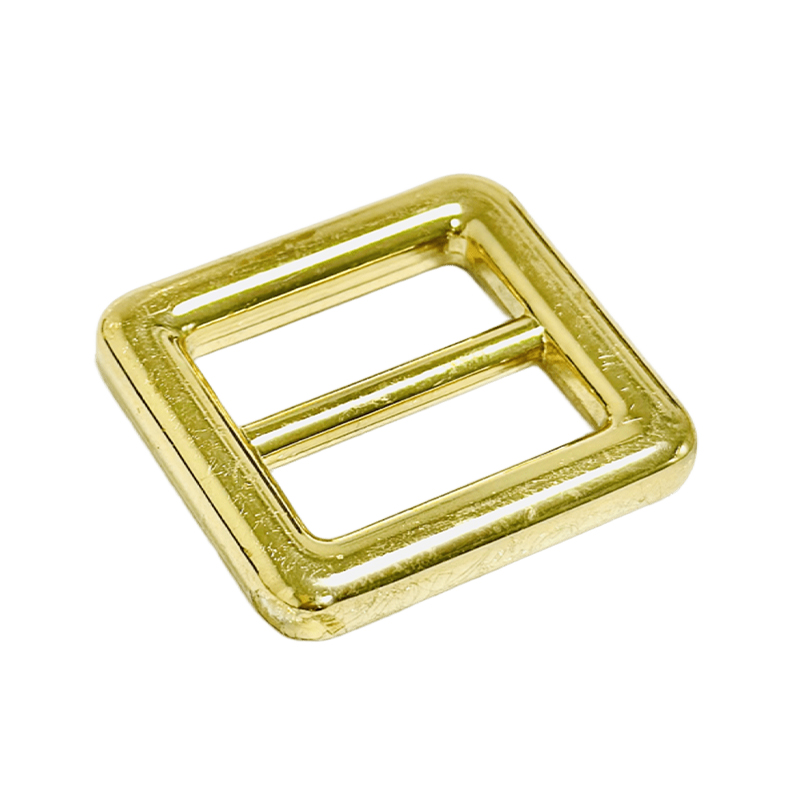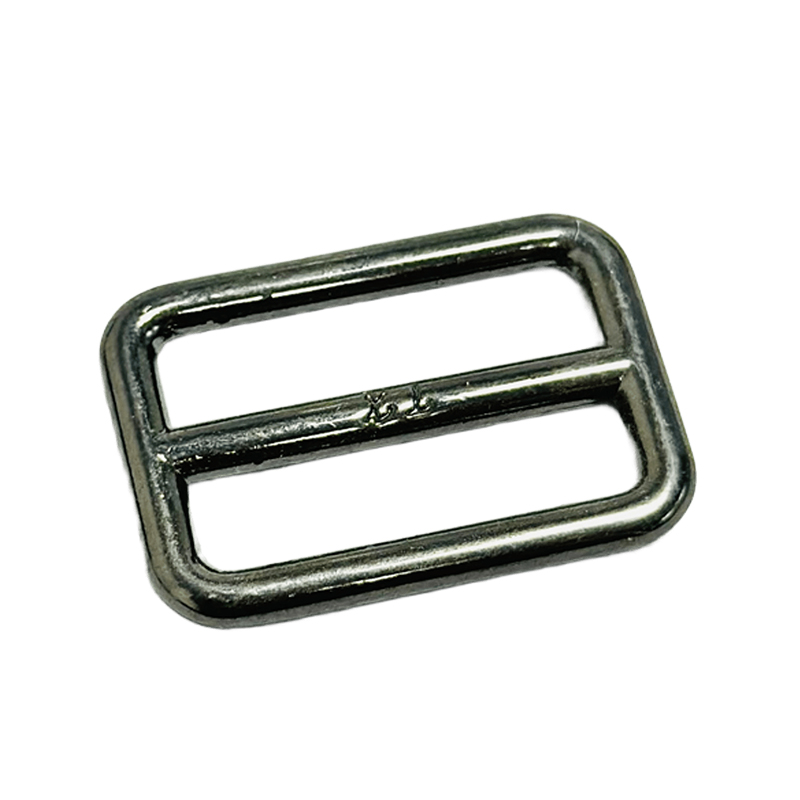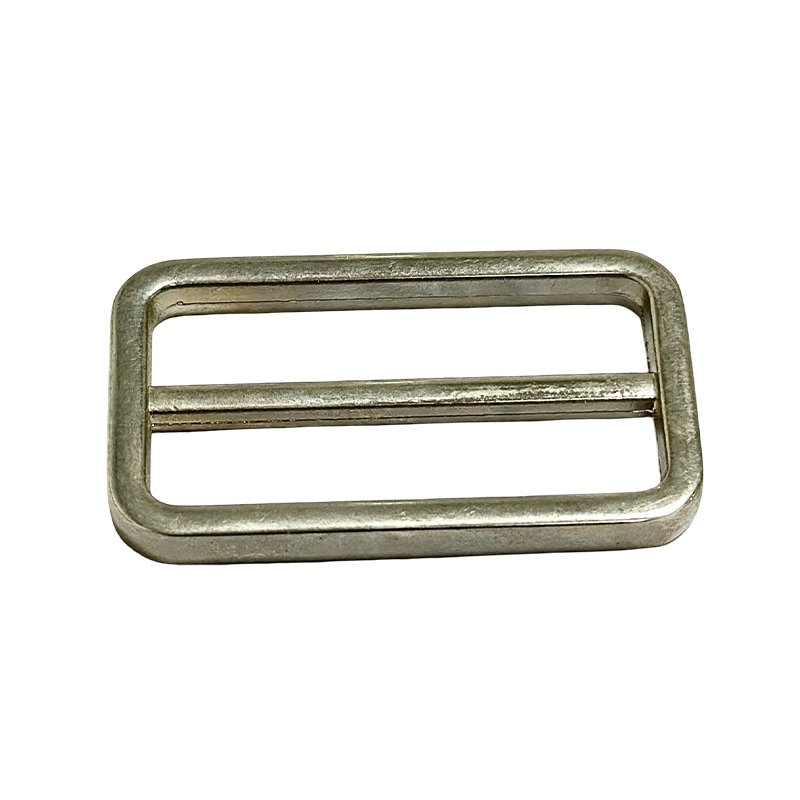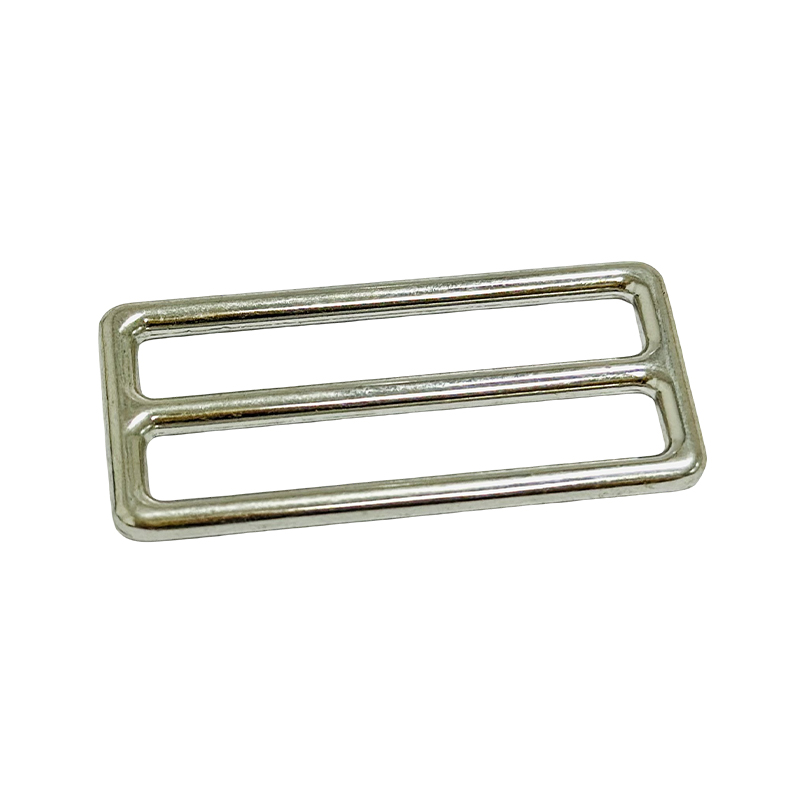How to achieve the best balance between weight optimization and structural strength of a carabiner?
Release Time : 2025-09-04
The key to balancing carabiner weight optimization and structural strength lies in achieving a synergistic improvement in both lightweighting and reliability through comprehensive adjustments in material selection, structural design, and manufacturing processes, all while ensuring safety. This process requires systematic optimization across three dimensions: material properties, structural topology, and force distribution.
Material selection is fundamental to this balance. Traditional carabiners primarily utilize aluminum alloys or steel. The former is lightweight but weaker, while the latter is stronger but heavier. Modern carabiners are increasingly turning to high-strength alloys, such as 7075 aviation aluminum alloy, which approaches steel in strength but weighs only one-third as much. Some high-end carabiners utilize titanium alloys, further reducing weight while maintaining high strength. Surface treatment also influences performance. For example, anodizing improves the corrosion resistance of aluminum alloys and prevents strength degradation due to oxidation. Hard anodizing, on the other hand, creates a thicker oxide layer on the surface, enhancing wear resistance and extending service life.
Structural topology optimization is a key technology. Computer-aided design and finite element analysis enable iterative optimization of the carabiner's geometry. For example, the D-shaped carabiner's back features a straight ridge, which allows it to withstand greater tension at the same weight compared to a round structure because the ridge more effectively distributes stress and avoids localized stress concentrations. The pear-shaped carabiner's opening features a gradually tapering design, ensuring smooth insertion of the main rope while reducing the risk of deformation at the opening. Furthermore, by removing unnecessary material, such as by using hollowing or optimizing edge profiles, weight can be reduced without significantly reducing strength.
Precise control of force distribution is a key objective. During use, a carabiner primarily withstands longitudinal tension and transverse shear forces, and its structural design must ensure uniform stress distribution. For example, the locking door (the opening/closing mechanism) is a carabiner's weak link. Traditional designs use a single spring, which is prone to accidental opening due to spring fatigue. Modern designs use dual springs or torsion springs, increasing reliability through increased redundancy. Furthermore, the connection between the locking door and the buckle body features a rounded transition to prevent stress concentration and breakage. Furthermore, the carabiner's opening size must strictly match the main rope diameter. An opening that's too large can cause rope slippage and increase the risk of wear; an opening that's too small can limit rope insertion speed, impacting operational efficiency.
Improving manufacturing precision is crucial. The forging process ensures the carabiner's metal flow lines are continuous, preventing strength loss due to casting defects. Solution treatment eliminates internal stresses generated during forging, improving the material's toughness and fatigue resistance. A trimming press precisely removes excess material from the edges to ensure dimensional accuracy. Some high-end products utilize CNC machining, achieving complex structures through high-precision cutting, further improving the strength-to-weight ratio.
Reinforced connection design is crucial. The connection between the carabiner and the harness or rope is a stress concentration area and requires thickening or specialized structural reinforcement. For example, some carabiners utilize a double-wall design at the connection, with the outer layer bearing tension and the inner layer distributing stress, significantly improving tear resistance. The clearance between the lock and the latch must be kept to a very small range, typically no more than 0.1 mm, to prevent looseness that could cause unusual noise or accidental opening.
Dynamic testing and standard certification are verification methods. Carabiners must pass UIAA 121 dynamic drop tests and CE 0086 static strength tests to ensure they can withstand extreme loads in real-world use. During these tests, carabiners undergo multiple simulated drop scenarios to verify their fatigue resistance and structural stability. Products that pass these tests are marked with a certification mark, providing user safety assurance.
The balance between lightweighting and strength must be balanced between practicality and affordability. Excessive pursuit of lightweighting can lead to soaring costs, while neglecting strength can threaten user safety. Therefore, while meeting safety standards, design must achieve the optimal balance between performance and cost through material substitution, structural optimization, and process improvements. For example, while carabiners made of 7075 aluminum alloy are more expensive than 6061 aluminum alloy models, their longer lifespan and enhanced safety make them competitive in the high-end market.







